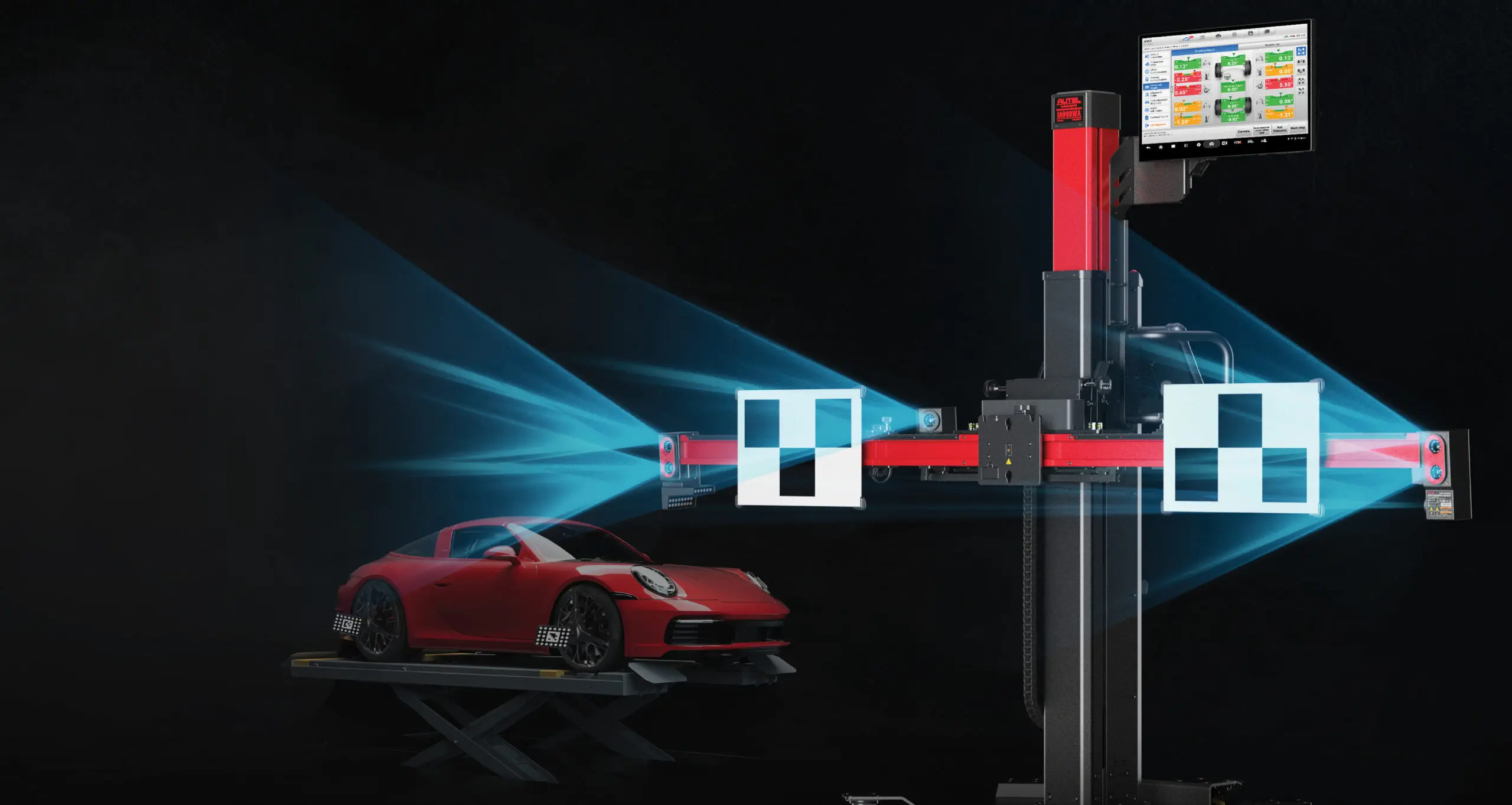The Role of Chassis Design in Vehicle Safety
Tags: car chassis, Car Maintenance, chassis

Chassis design plays an integral part in meeting safety standards and protecting vehicle occupants during crashes. Crumple zones and reinforced areas help absorb energy.
Computational modeling techniques like Finite Element Analysis (FEA) allow engineers to identify potential weak points and optimize structures for strength and weight efficiency before producing physical prototypes. FEA allows them to predict potential weak spots while optimizing for strength and weight efficiency allowing engineers to make improvements before physical prototypes are produced.
Stability
Your chassis serves as the backbone of your car, providing structural support and stability while serving as its primary load-bearing element, evenly distributing weight distribution for better fuel efficiency. Your choice of frame can have a major impact on how well it handles in various driving conditions.
Different materials offer distinctive properties when designing chassis systems, such as strength, durability and cost. Steel frames are well known for their strength and rigidity while aluminum is often chosen due to its lighter weight; many manufacturers also combine both types.
Torsion stiffness is another important component in chassis design. A chassis that twists too much can interfere with suspension tuning and make tuning harder; therefore, designing an ultra-rigid but weight-reduced chassis will help your vehicle remain more stable under various road conditions while being easier to repair and maintain; this is especially vital for special heavy vehicles operating under harsher environments and with specific functions to fulfill.
Weight distribution
As the foundation of your vehicle, a durable chassis not only improves handling but also helps absorb shock on rough roads or collisions to provide more comfortable driving experiences for you and reduce repair costs. A sturdy chassis also increases vehicle longevity as its durability lengthens its lifespan over time and cuts repair expenses down significantly.
Many different chassis have been employed in car manufacturing, from historic ladder frames to more contemporary monocoque automobile chassis designs. Monocoques consist of one shell that houses all the other components of your car – it is currently the most prevalent chassis design used by normal passenger cars; ladder and backbone chassis designs use tubular backbones that connect front and rear suspension attachment points; these have good bending stiffness but low torsional rigidity.
Modular chassis platforms enable automakers to use one chassis platform across multiple vehicle models, cutting production costs and increasing efficiency. Features like collision warning and emergency braking can also be integrated into the chassis to help prevent accidents before they occur.
Crashworthiness
One of the key functions of a chassis is dispersing and absorbing impact forces during acceleration, braking, and maneuvering, thus relieving strain from individual components while improving vehicle safety.
Modern chassis systems typically utilize lightweight yet strong aluminum or magnesium elements that offer both weight savings and increased strength, which enable engineers to design more rigid chassis systems capable of withstanding high loads without impacting vehicle performance and handling.
As mentioned above, chassis systems that resist torsion can enhance ride comfort and roadholding by enabling suspension and tire systems to do their jobs more effectively, helping reduce unsprung mass (the total mass of components between wheels and road surface). This has an indirect impact on handling performance as well as ride quality.
Comfort
Your vehicle’s chassis and frame serve as the backbone for its stability and power transmission, supporting its weight and providing safety by preventing flexing or bending under various loads.
There are various chassis design methods, each offering their own advantages and disadvantages. Some chassis may provide better handling while others might be more durable – generally speaking though, rigid frames tend to provide greater safety due to being better at absorbing impact forces than their flexible counterparts.
Rigid chassis vehicles provide additional advantages by preventing shuddering on rough surfaces that would otherwise compromise driver comfort and vehicle performance. This feature allows the driver to remain in control, alleviating stress while assuring safety for passengers and cargo alike.








